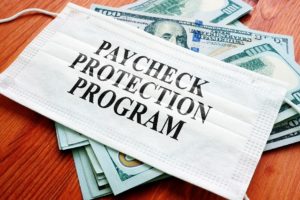Why Aren’t People Spending Their Tax Refunds?
Economists, politicians and people in general like to discuss the nation’s economy and where it stands at any given moment. There are many different points that are touched on and several aspects that are used as evidence to make important points. However, one indicator of the economy’s health that can never really be argued is consumer spending.
When spending is up the economy improves, as does the nation’s overall outlook. However, when spending is down, the economy slows and the outlook gets darker. To that end, what does it say about the economy that a lot of people are putting their 2015 tax refunds in the bank, instead of splurging on frills? It means consumers are still exercising caution and taking a wait-and-see approach.
According to the numbers, even though the average tax refund has been up 0.7 percent in 2015, about half of all taxpayers said they planned to save at least some of their refund money this year. That means they are going to be spending less. In fact, that percentage is as high as it’s been since the National Retail Association started conducting its survey 12 years ago.
Many other consumers, almost 40 percent, also said they are planning to pay off some debt when they get their refund check this year. In a separate survey by BankRate.com only 3 percent said they planned to spend all of their refund and 67 percent said they were going to use it to pay off debt.
So, while the news is good that taxpayers are getting a little more back this year, the news for the economy might not be as promising At any rate, with more money being returned to consumers, at some point it should make it back in to the economy. That means even though the boost might not come now, it could still come later.
President Trump Signs Bill to Help Small Businesses with Paycheck Protection Program Flexibility
Press Release Friday June 5, 2020. This morning president Trump signed into law H.R.7010 to help small businesses. The purpose of the Paycheck Protection Program Flexibility Act is to amend the Small Business Act and the CARES Act to modify certain provisions related to the forgiveness of loans under the paycheck protection program, to allow…
Building a $24 billion company using the Sunflower Model | Rob Ryan
Building a $24 billion company using the Sunflower Model | Rob Ryan About ROB RYAN Rob Ryan founded Ascend Communications in 1989. Rob served as President, CEO, and Chairman of Ascend, taking it public Friday the thirteenth of May, 1994, at $13.00 per share. In 1995 Rob and Terry started Entrepreneur America. Rob gained his first experience…
Possible PPP Legislation & 1099-B
Possible PPP Legislation:
https://www.bloomberg.…
The PPP Loan Forgiveness Application
Deloitte Newsletter of House $3 Trillion tax bill…



